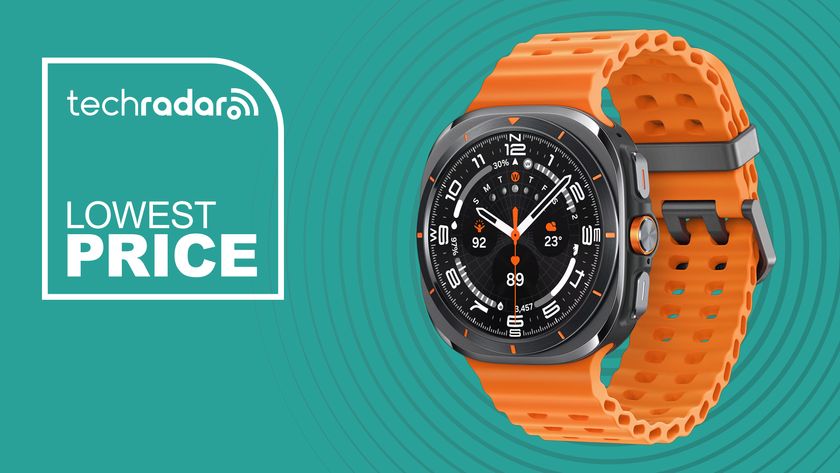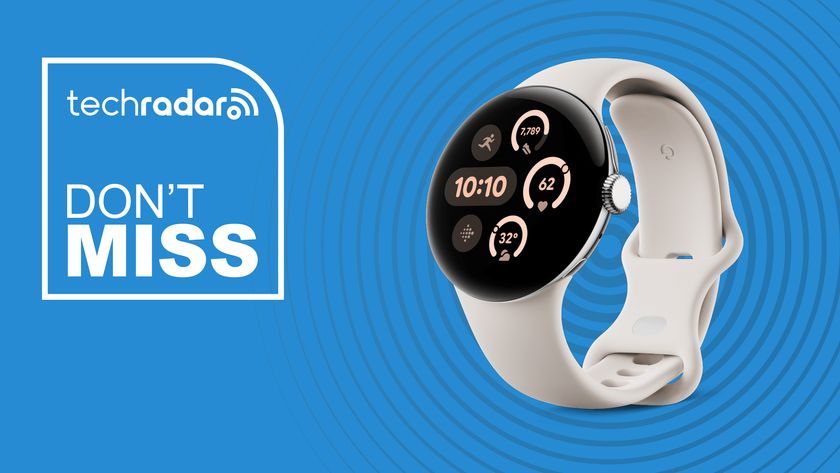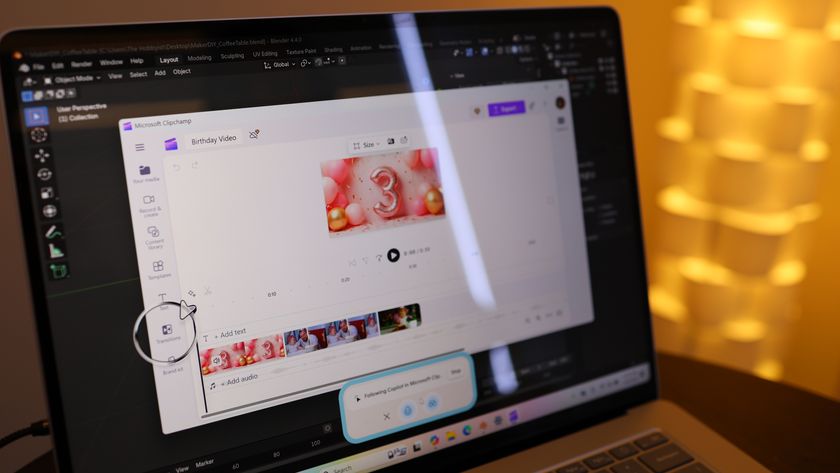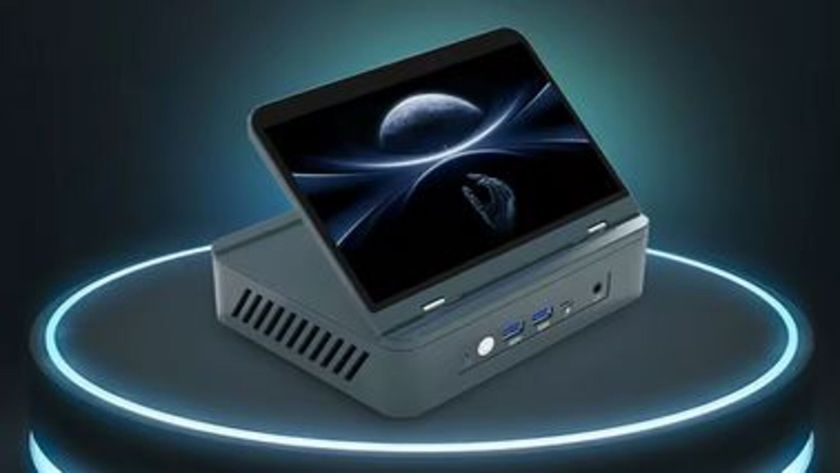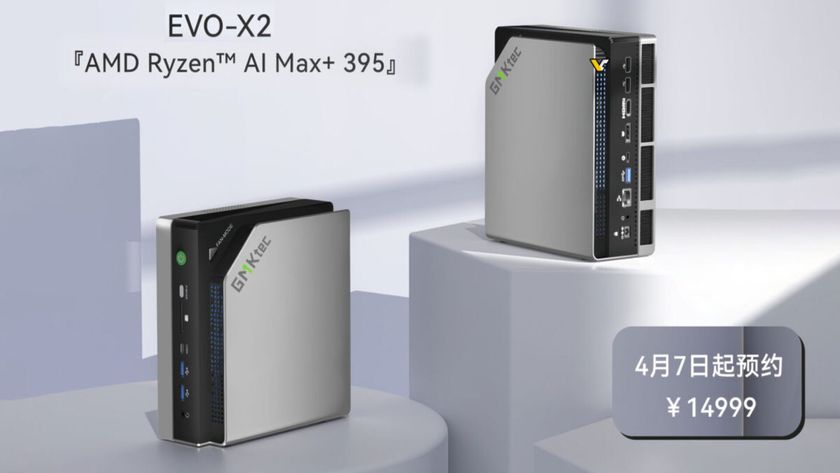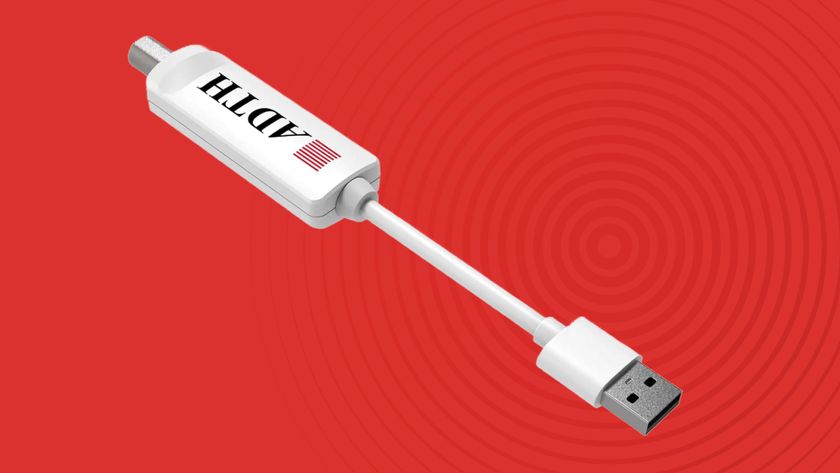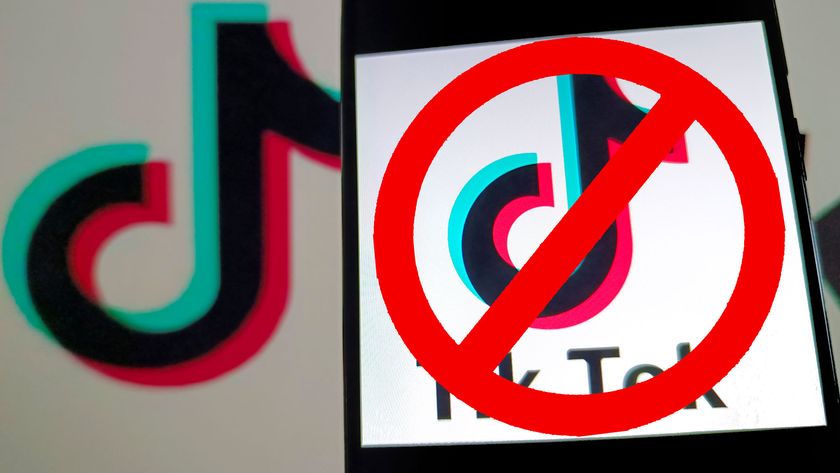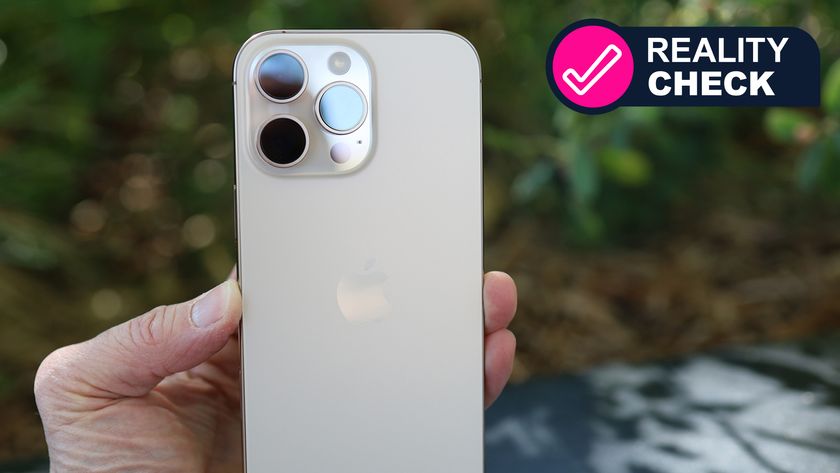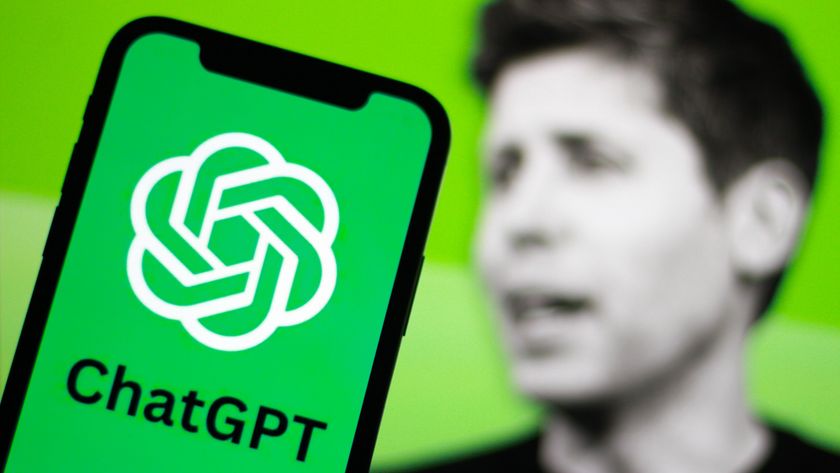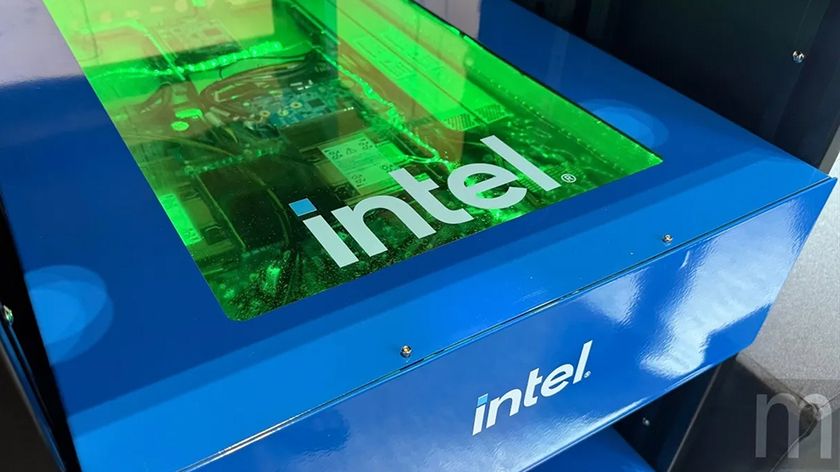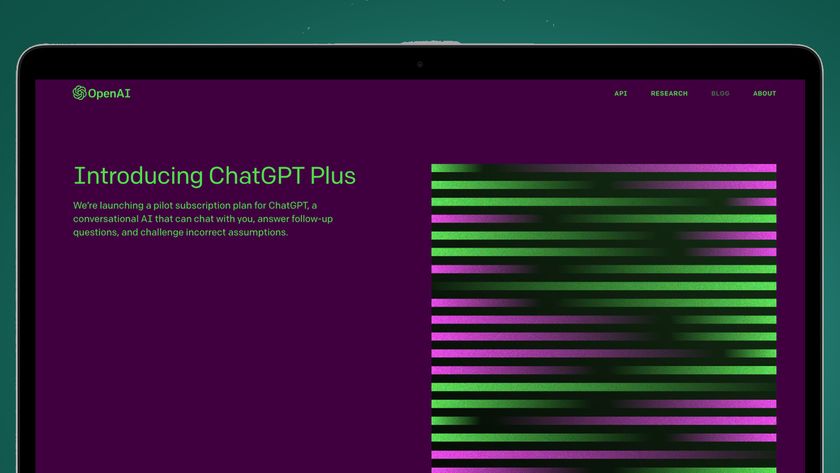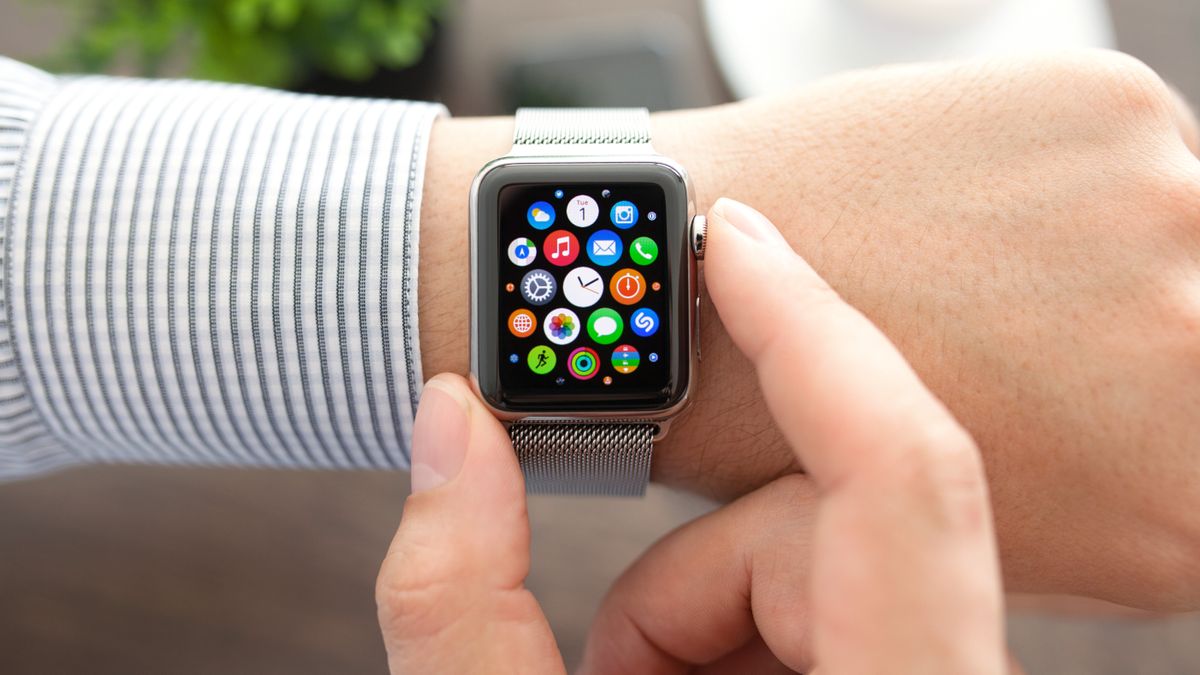
The internet is rife with rumors about the Apple Watch 7 – particularly its health and fitness features. In addition to new tools for tracking pilates and tai chi, it’s been suggested that the new watch might be able to track blood glucose, blood alcohol – and even blood pressure, with no need for an inflatable cuff.
Some smartwatches (such as the Galaxy Watch Active 2) already offer a form of blood pressure monitoring, but it’s far from ideal. Not only does it have to be configured regularly using a cuff, it also can’t take measurements while you’re moving. Instead, you have to find time to sit in a quiet place in a comfortable chair, with your arm resting on a table, and stay that way for at least five minutes before taking the measurement.
It is, quite frankly, a pain. How could it be improved – and is it likely to happen any time soon?
To find out, TechRadar spoke to Dr Steven LeBoeuf, co-founder and president of biometrics company Valencell. Valencell doesn’t make its own consumer products (and has no plans to do so), but provides technology that other companies integrate into their smartwatches, earbuds, VR goggles, armbands and other devices.
Making biometrics work
Valencell made its name tackling the problem of movement-tolerant heart rate monitoring. Optical heart rate monitors like the one in your smartwatch work using photoplethysmography (PPG) – essentially shining a light into your skin and measuring the amount of light scattered by blood flow – but movement (like your arm swinging as you run) can cause interference in that signal.
Valencell developed a combination of hardware and software that amplifies the signal and ensures the results are accurate enough for real-world use. The company has now moved into the medical sector, and has developed tech for tracking blood pressure with the same type of sensor accurately, without a cuff.
“We figured out a way to take PPG signals, along with inertial signals of body motion changes, and metadata from the person such as the age, the sex and their weight, and turn that into information that accurately gives them the blood pressure measurement,” Dr LeBoeuf explains.
Get daily insight, inspiration and deals in your inbox
Sign up for breaking news, reviews, opinion, top tech deals, and more.
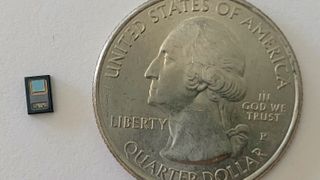
“So one of the things we've done is we develop these sensor modules where you can literally just place your finger on a sensor module and in 30 seconds, get a blood pressure reading that's ever been as accurate as a blood pressure cuff.”
Taking charge of your health
Valencell is currently preparing to submit its work for FDA approval so it can be marketed as a blood pressure monitor in the US. But why is measuring blood pressure regularly so important?
“A lot of people don’t have to worry about it, because a lot of people just will never get hypertension,” Dr LeBoeuf says, “but for most people, especially in America, it’s simple – you will get it, and it’s known as the silent killer. It causes all kind of trouble. It starts to weaken your blood vessels, those weakened blood vessels inflame, they attract cholesterol, and then it’s just catastrophe from there.”
The wrist inflation cuffs look weird enough as it is, much less the ones that actually work with the armbands
Dr Steven LeBoeuf, Valencell
Dr LeBoeuf says this doesn’t just increase mortality – it’s also extremely expensive to healthcare systems around the world. As a result, the American Heart Association is encouraging people to measure their blood pressure more frequently so they can see if they are developing hypertension, and take action accordingly – whether it’s making lifestyle changes, or taking medication to prevent the blood vessels weakening, the inflammation, and the chain reaction that follows.
“The problem is, measuring your blood pressure is a complete pain in the ass,” he says. “First of all, who's going to carry that thing around with them? The wrist inflation cuffs look weird enough as it is, much less the ones that actually work with the armbands."
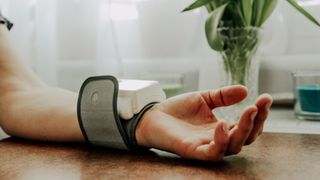
“Another thing is, if you measure your blood pressure as often as the American Heart Association says you should, you're supposed to send that cuff to the factory for recalibration every six months. Who the hell is going to do that? So so one of the things that our technology does is it makes it easier for people to measure the blood pressure, and dramatically improves compliance.
“And that's what the big picture is beyond this. Once you get people to do that, and take control of that they can see early on, they may have an issue and address it, and also be more connected to their health. So so that's really the beauty of this cuffless technology.”
Beyond hypertension
Hypertension isn’t the only reason to keep an eye on your blood pressure, either. Dr LeBoeuf explains there are also more niche uses for the same cuffless technology – such as watching for a condition known as nocturnal dipping.
“In a healthy person, when you go into deep sleep, your blood pressure should dive down,” he says. “For people who are non-dippers, their heart rate dies down, but their blood pressure doesn't dive. And that is a big issue that it leads to all kinds of other additional pathologies – it could be an indication of sleep apnea, or something even worse. And so so that detecting that you have that issue is really important.”
If you measure your blood pressure as often as the American Heart Association says you should, you're supposed to send that cuff to the factory for recalibration every six months
Dr Steven LeBoeuf, Valencell
At the moment it’s only possible to track nocturnal blood pressure using an ambulatory blood pressure cuff. Trying to sleep with a cuff inflating every few minutes has obvious problems – but you can’t really do it with any other technology today.
“It's not impossible,” says Dr Leboeuf. “Maybe down the road, using machine learning without directly measuring blood pressure, people might be able to develop algorithms to determine that. But that doesn't guarantee the doctor is going to accept that right now. The only thing they accept is, has your blood pressure changed? Is it different or not?"
What's next
So what about the Apple Watch 7? Valencell itself doesn’t have a special relationship with the company, but Dr LeBoeuf has a theory. “If you look at what is out in public about it, and you connect the dots, what it looks like they're doing is trying to integrate something akin to Raman spectroscopy into the Apple Watch and a longer term play. And that technology does require it will require you to do frequent calibration. So the question will be, will people be willing to accept that or not?
As powerful as that company is, one thing they still can't control is the laws of physics
Dr Steven LeBoeuf, Valencell
"Or they could be working on the same very thing Valencell is. No one knows for certain what they're working on.
"But what I do know is that, as powerful as that company is, one thing they still can't control is the laws of physics. And the laws of physics require you to have a volumetric, a volumetric monitoring of that analyzed and non invasively. You just you just can't do that.”
- We've tested and ranked the best fitness trackers available today

Cat is TechRadar's Homes Editor specializing in kitchen appliances and smart home technology. She's been a tech journalist for 15 years and is an SCA-certified barista, so whether you want to invest in some smart lights or pick up a new espresso machine, she's the right person to help.
